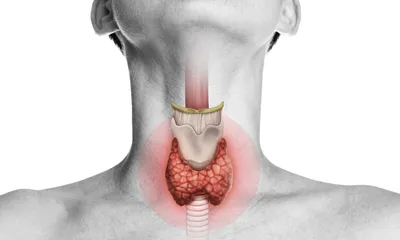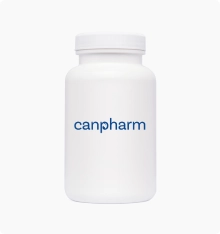Flea & Ticks
-
Description
-
Signs & Symptoms
-
Anatomy
-
Cause
-
Diagnosis
Flea and Tick Medicine
Both dogs and cats can encounter fleas and ticks, and both these parasites will bite and draw blood from the animal. This not only produces severe skin irritation, but it can also be the precursor to other more serious skin conditions. Or in the case of ticks they can be the cause of the animal developing Lyme disease. It is nearly impossible to fully prevent a pet from getting fleas or ticks, so what most owners will do is use a once-monthly preventative medication that will kill fleas and ticks.
This is best approach to flea and tick treatment for dogs, and the way a flea and tick medicine will work is that it contains an excitotoxin that the fleas will ingest when they consume blood after biting the dog. It then causes the insect’s nervous system to go haywire, and this leads to their death. This works the same way for tick prevention, and many of these medications will also kill flea larvae. Non-Rx products like flea collars and flea shampoos are only marginally effective for flea and tick prevention.
What Causes Flea and Tick in Dogs?
Dogs will contract fleas or ticks when they are outside of the home and in natural environments where fleas or ticks are present. Fleas are very capable jumpers and will leap from the ground onto dogs as they pass by. Ticks usually drop from trees onto animals and will then latch onto one spot and begin to draw blood to feed themselves. Fleas being brought back into the home by animals is another aspect of what causes flea and tick in dogs.
It is possible that other pets may also contract fleas and ticks through indirect transmission this way. Flea and tick medicines will only work to kill parasites that are actively biting the animal taking the medication, and for fleas in the home it may be necessary to have a pest removal service. Ticks tend to be incidental occurrences, but for a dog that has recurring flea infestations it may be necessary to restrict access to the environments where they are contracting fleas.
Flea and Tick Prevention in Dogs
A veterinarian will almost always put a dog on a flea and tick preventative to minimize the chances that the animal has ongoing problems with fleas. It will still get fleas, but the majority of them will be killed by the parasiticide ingredient and there will be insufficient numbers of them to allow for expanding in numbers under the dog’s fur. Especially if the medication is formulated to kill flea larvae too.
There can be other approaches too. Some owners will choose to use a flea collar and / or flea shampoo, but as mentioned these methods do little for flea and tick prevention in dogs if the animal has been exposed to them. A flea comb can be used to pull fleas out of the fur and then eliminated by some means, but this is a time-consuming process and will likely only remove a small percentage of the fleas currently on the dog.
Flea and Tick Treatment for Dogs
The most conventional approach to flea and tick treatment for dogs is to have them be on a medication like Capstar or Comfortis. Once-monthly dosing and reliability are the reasons these medications are so popular with pet owners, as with just one administration a month the animal can be kept safe from fleas and ticks. This is especially advisable for dog owners who live in areas of the country where fleas and / or ticks are known to be more of a problem.
Signs & Symptoms
- Red spots or rash
- Itching
- Swelling at the bite site
- Pain or discomfort
- Blisters
- Fever
- Fatigue
- Headache
- Muscle or joint pain
Anatomy
- Skin
- Blood vessels
- Lymphatic system
- Immune system
Cause
- Flea bites
- Tick bites
- Infection from bites
- Allergic reactions
- Parasites carried by fleas and ticks
- Outdoor exposure
- Pet contact
- Poor hygiene
- Unclean living conditions
Diagnosis
- Physical examination
- Medical history review
- Skin biopsy
- Blood tests
- Allergy tests
- Microscopic examination of the bite
- PCR testing for tick-borne diseases
- Serologic tests



